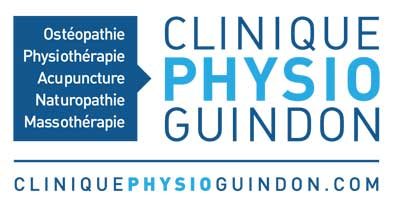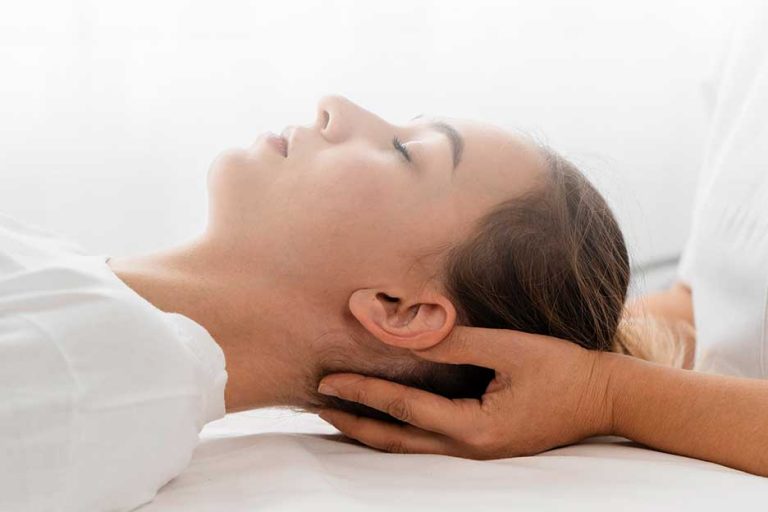Perimenopause is a phase of hormonal transition marked by changes that can lead to symptoms such as menstrual irregularities, hot flashes, or sleep disturbances. It typically begins between the ages of 45 and 55 in women and is accompanied by various signs and symptoms, including night sweats, mood swings, weight gain, dry skin and vaginal dryness, as well as joint and muscle pain. This physiological upheaval can result in a range of symptoms, notably musculoskeletal disorders, joint pain, and digestive imbalances. Osteopathy, by considering the interconnection between the hormonal, digestive, and musculoskeletal systems, can offer a complementary approach to alleviating some of these discomforts.
Hormonal Balance and Its Interaction with the Visceral System
Hormones play a key role in the body’s overall balance, and their regulation is closely linked to digestive organs such as the liver and the small intestine. The liver is responsible for metabolizing hormones, while the intestine influences their absorption and elimination. An alteration in the gut microbiota during perimenopause can therefore affect digestion and estrogen metabolism, leading to bloating, digestive discomfort, and increased inflammation, which may worsen joint pain.
Hormonal Changes and Their Musculoskeletal Consequences
The decline in estrogen has direct effects on connective tissues, bones, and muscles. Some of the most notable effects include:
- Decreased bone density: Osteoporosis becomes a major concern, increasing the risk of fractures.
- Loss of muscle mass: This can lead to increased muscle fatigue and reduced strength.
- Reduced elasticity of fascia: These membranes surrounding muscles and organs become stiffer, promoting tension and pain.
These changes may manifest as pain in the knees, hips, or wrists, as well as frequent headaches.
A Holistic Osteopathic Approach
In osteopathy, a treatment plan adapted to perimenopause involves several aspects:
- Assessment and treatment of the skeletal structure: Working on joint mobility to prevent stiffness and relieve pain.
- Support for the digestive system and fascia: Enhancing organ mobility optimizes their function and influence on hormonal balance.
- Cranial work: Certain techniques may help regulate the hypothalamic-pituitary axis, which plays a central role in hormonal balance.
The Importance of Medical Follow-Up
While osteopathy can contribute to overall well-being during perimenopause, it is essential to assess the relevance of complementary medical care. Depending on the symptoms, consulting a physician can help determine whether hormone replacement therapy is appropriate. Additionally, complementary approaches such as acupuncture, naturopathy, a healthy diet, regular exercise, and stress reduction can also help alleviate the signs and symptoms of perimenopause.
Perimenopause is a natural stage of life, but it can come with various discomforts. By adopting a holistic approach that considers the interactions between different body systems, osteopathy can be a valuable ally in navigating this period with greater comfort and balance.





